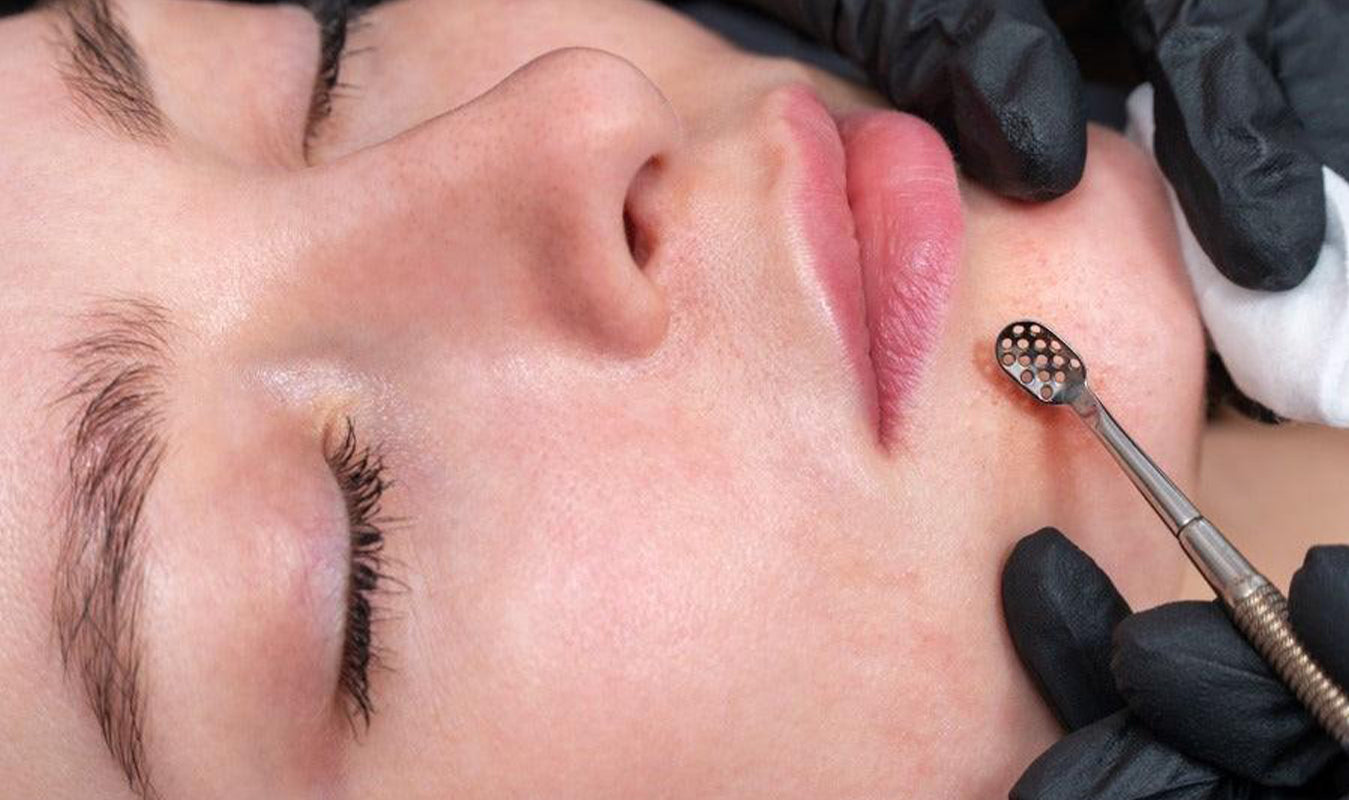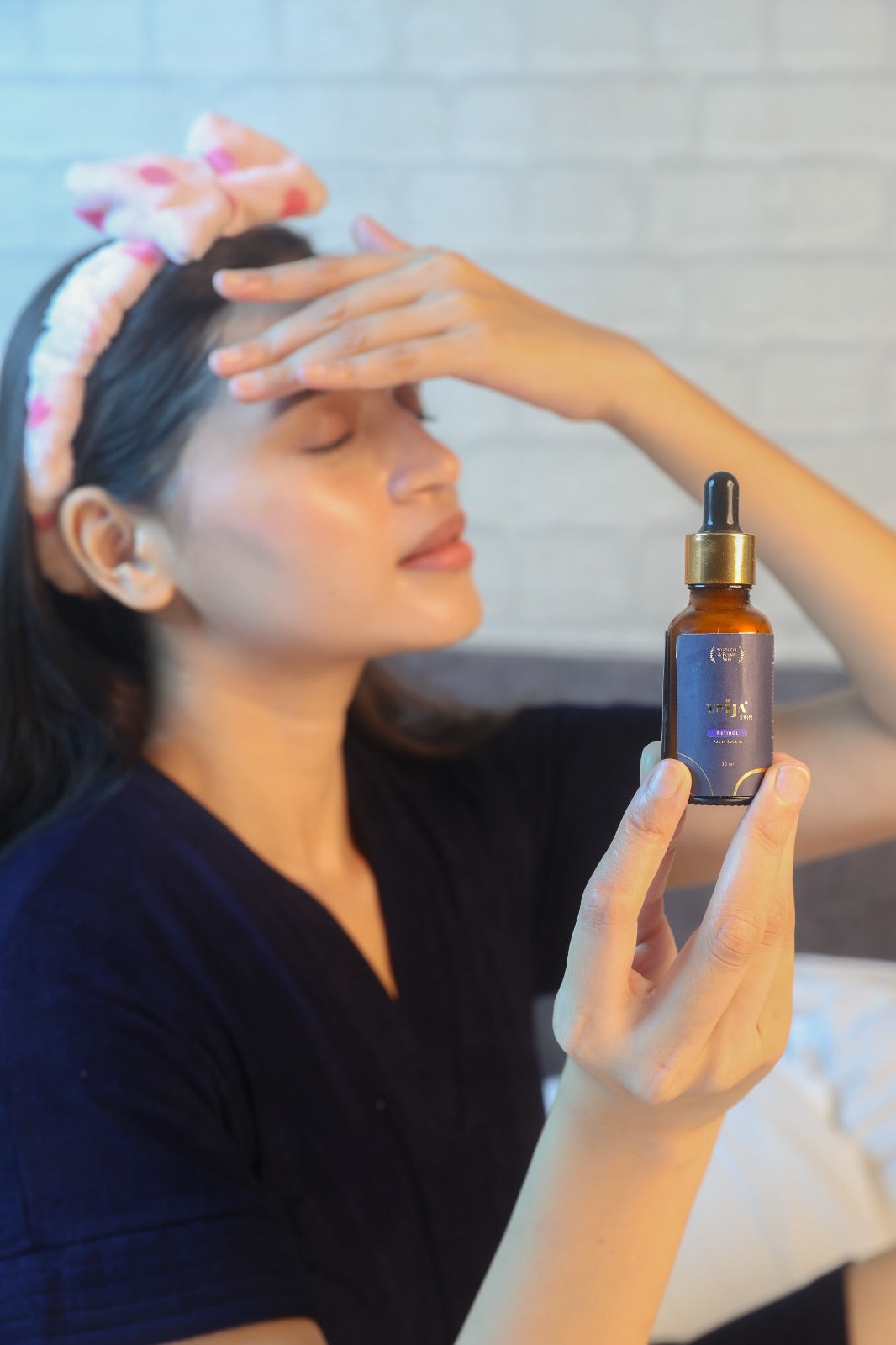
Difference between milia, whiteheads, and fungal acne
If you have been noticing small bumps on your face, it could be because of certain reasons. There might be a problem in the cellular turnover of your skin, your skin might be producing excessive oil, or your skin might be infested with a distinct type of fungus. These conditions, known as milia, whiteheads, and fungal acne respectively, can be pretty daunting to distinguish if you don’t know the fundamental difference between these terms. This is what we’re here for today. We’ll help you dissect the basic difference between milia, whiteheads, and fungal acne; the main mechanism behind the development of these skin conditions; how they appear on your skin; and what you can do to avoid as well treat them.
Milia: what it is, how it appears on your skin, and how to treat it
Milia is a condition of your skin where it develops small stubborn white spots. Also known as “milk spots” or “oil spots”, milia appears as small white bumps just underneath the most superficial layer of your skin.
One (particularly violent) way to identify milia is no matter how hard you try to squeeze them out of your skin (just like you would do to pop a pimple), you can not do so. These small ” cysts” are often mistaken for whiteheads because of their location (forehead and near the eyes). Milia develop when keratin-rich cells of your skin get trapped beneath its most superficial layers because of a disturbance in the cellular turnover. This eventually leads to abnormal keratin build-up beneath your skin, leading to tiny bumps. There are two basic forms of milia, also known as primary milia and secondary milia. Primary milia is a result of abnormal shedding of skin cells, whereas secondary milia is a result of any infection.
Though milia are known to subside on their own, they are more infamous to linger on for years. One way to treat milia is to correct the deranged turnover which can be achieved by exfoliating acids like AHAs and BHAs, and also including retinol in your night time skincare routine. The last resort would be to get professional extractions.
Whiteheads
Whiteheads are a very common form of acne which is caused due to excessive oil production by your sebaceous glands. This oil fills up your pores and gets covered by a very thin layer of skin. As opposed to blackheads, whiteheads are not exposed to oxidation by environmental oxygen, and thus do not appear black.
Whiteheads appear as small white bumps on your skin covered by a layer of skin. These bumps may or may not be surrounded by a faint halo of redness, which indicates signs of inflammation (probably because of bacteria). More common than often, when attempted to be squeezed, whiteheads can be popped very easily and they reveal an oily substance. However, we are strictly against any form of pimple popping as it comes with the risk of spreading more bacteria all along your face.
To treat whiteheads, you can use salicylic acid and OTC treatments like clindamycin and sulphur. Acne is triggered by oily food in many individuals, so correcting your diet might be the way to go.
Fungal acne
This is a type of acne caused by specific species of fungus known as Malassezia folliculitis and Pityrosporum folliculitis. Though it looks almost the same as regular acne, these are infections of small follicles on the face or body leading to the appearance of small red bumps on your face (particularly forehead), your shoulders, upper arms, chest, and back.
Fungal acne is typically itchy, and almost 1mm in diameter. Fungi (just like many other microbes) thrive in hot and humid climates. Thus sweat and humidity can lead to the development of fungal acne. Additionally, when you overuse/misuse antibiotics, yeast (which is a normal commensal on your skin) gets an opportunity to prevail, leading to dandruff and fungal acne.
Antifungal drugs like imidazole are known to suppress the level of acne-causing fungi. Ketoconazole (which is the primary ingredient of many anti-dandruff shampoos) is also known to be helpful. Additionally, you should try your level best to keep your skin clean at all times. This includes washing your body as soon as you get out of the gym and exfoliating regularly.




